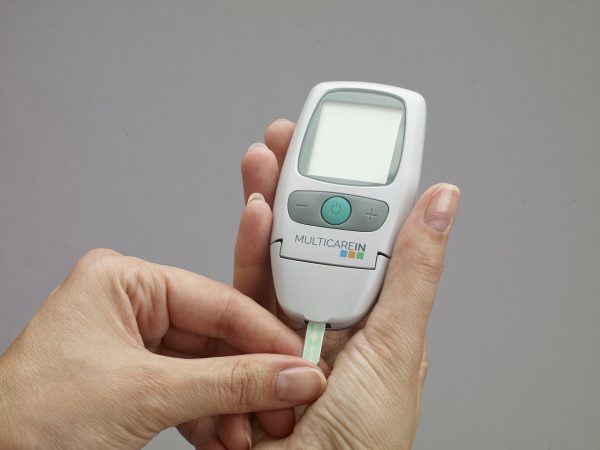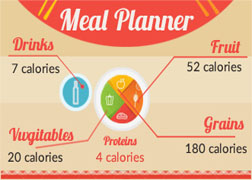
Practical Strategies to Prevent Blood Sugar Spikes
Managing diabetes and maintaining overall health, for that matter, demands stabilizing blood sugar levels. Things like a sedentary lifestyle, poor eating habits, lack of exercise, too much stress, or insufficient sleep (among others) can contribute to spikes in blood sugar. Monitoring your carb intake and avoiding high-sugar foods are two significant factors that help prevent sharp spikes in blood sugar. Regular physical activity can also help prevent these spikes by reducing effective blood sugar control and diabetes prevention that contribute to overall well-being.
You may also look for a diabetes control program for more organized support to help you better manage your condition.
Here are a few tips to prevent blood sugar spikes:
1. Consume protein and fiber
Balanced meals that contain protein and fiber can help maintain healthy blood sugar levels because of their role in avoiding blood sugar spikes. Proteins and fibers stay longer in your system, causing a slow release of sugar into the blood. Ways how you can eat them in your daily diet:
No meal should be without protein. Include healthy sources of lean proteins at every meal, such as curd, eggs, chicken, or fish (the basics of the Indian diet), tofu for vegetarians, and dal and pulses.
Fiber: Include foods like whole grains, dal, beans, fruits, and vegetables–all of these are high-fiber categories. Aim for somewhere between 25-30 grams of fiber a day.
2. Practice Portion Control
Use smaller plates; it encourages you to serve yourself less. When it comes to snacks, put them on plates (and pack away the rest) so you don’t eat from the packet and inadvertently overeat. Always pay attention to portion sizes by looking at nutrition labels.
3. Follow Ordered Eating
Did you know that even how we eat can affect our blood sugar levels? Yes, but when you eat this way, veggies first (cucumber salad with a piece of chicken or tomato soup), your blood sugar then follows. Then, have protein, fats, and foods like paneer, grilled chicken, or a bowl of curd/dal. End your meal with slow-absorbing carbs or fiber-rich ones like brown rice or whole wheat chapati.
4. Choose Foods Low In Glycemic Index (GI)
Not only do low glycemic index (GI) foods digest slowly and help avoid sudden peaks in insulin response, but they also provide gradual spikes in blood sugar. To add these to your diet, choose whole grains like millet such as jowar and bajra, whole wheat, and brown rice instead of refined grains. The key is to include low-GI fruits such as guava, pears, apples, and oranges; aim to eat at least one fruit per day. For vegetarians, at least 2 servings of legumes like masoor dal (red lentils), chana dal (split chickpeas), and rajma or kidney beans to balance blood sugar levels.
5. Maintain an Active Lifestyle
Staying within the healthy blood sugar range demands regular exercise, vibrant sleep, stress management, and a healthy diet. Try to get at least 150 minutes a week of physical activity like walking, biking, and swimming. This can help your body use insulin more efficiently while keeping weight in check and avoiding blood sugar spikes.
You should also ensure that you get 7-9 hours of quality sleep, as this will help stabilize blood sugar levels even more. It is also necessary to manage stress; meditate or practice yoga for 10-15 minutes daily.
Third, be sure to consume 5 servings of fruit and vegetables daily and at least 3 whole grains at every meal.
6. Take Post Meal Walks
Walking for 10-15 minutes after eating uses glucose as its energy source, bringing your blood sugar level down.
It’s a very effective exercise to control your blood sugar. Walk atleast 1000 steps after every meal and increase it gradually.
Image by Daniele Liberatori from Pixabay (Free for commercial use)
Image Published on February 3, 2021
Author: HealthyLife | Posted on: August 27, 2024
« Unlocking the Power of Video Editing for Marketing Success The Crucial Role of IT Compliance in Enhancing Business Operations »






















Write a comment